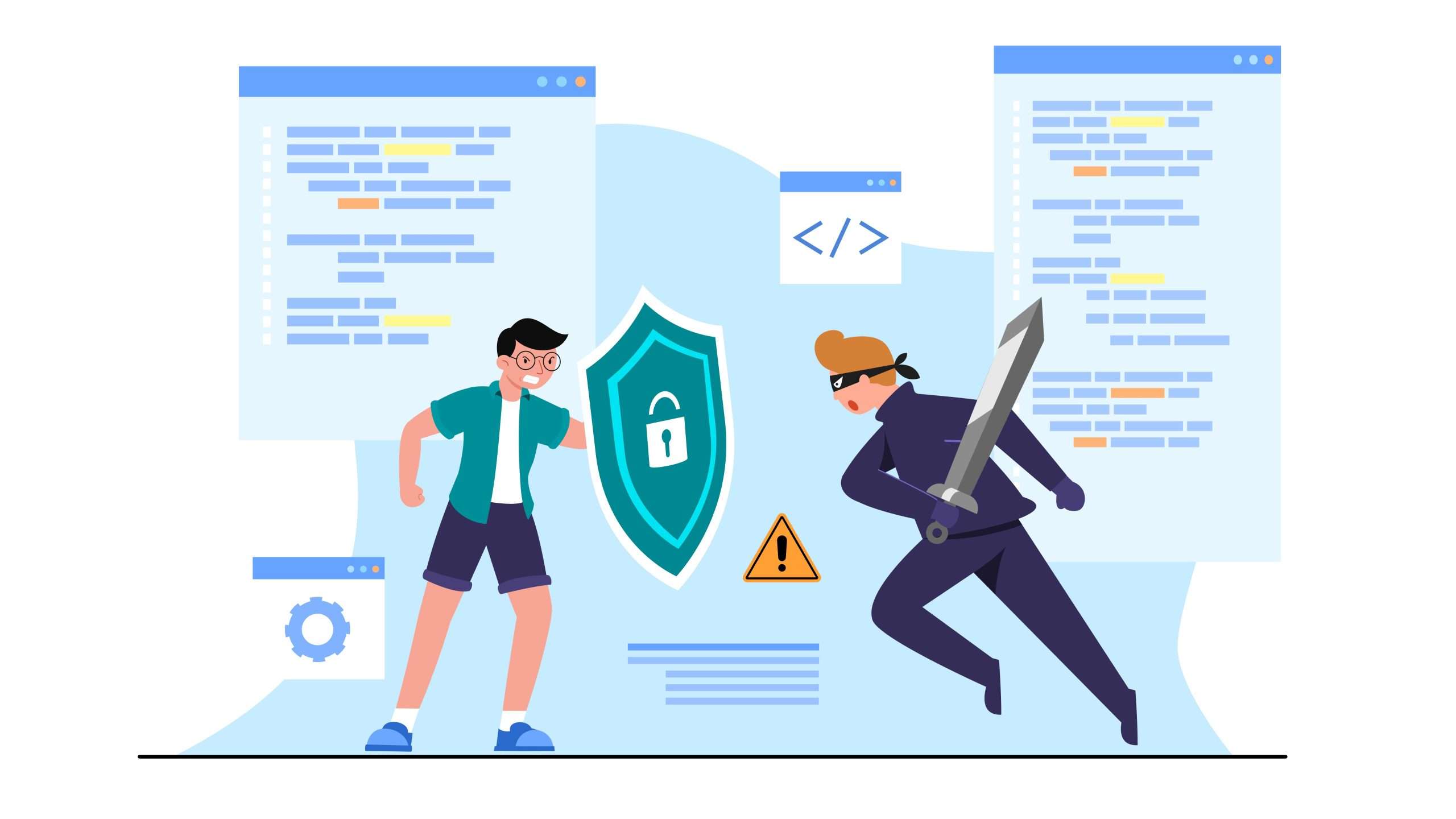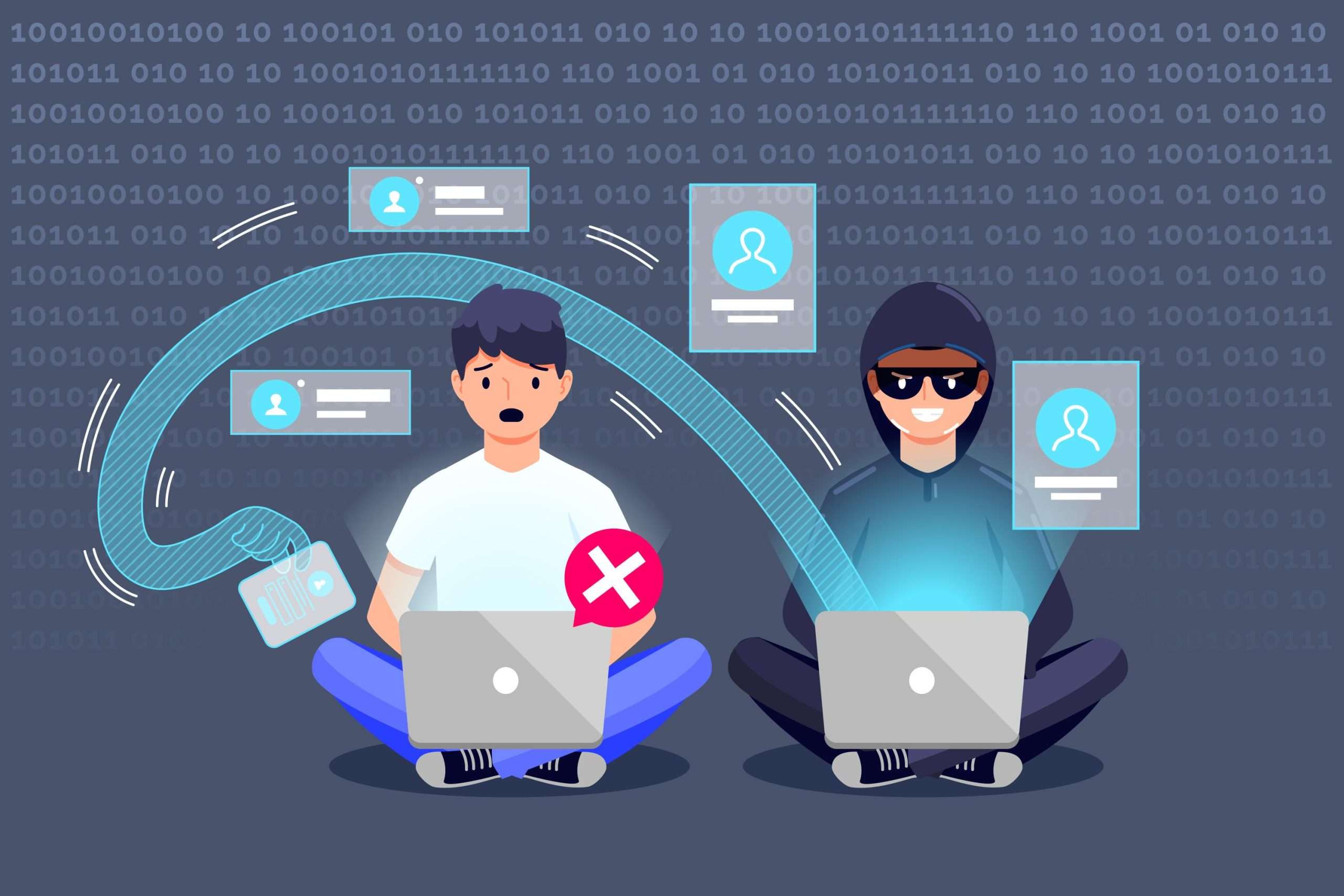Human error significantly contributes to cybersecurity failures, accounting for a considerable number of breaches and other issues. Indeed, we can say that people and their actions, rather than technology per se, pose one of the greatest risks to the security of digital ecosystems.
Despite advanced security software and systems, an individual’s lapse in judgment or a simple mistake can lead to severe security breaches. Cybercriminals often exploit these lapses to gain unauthorized access, steal sensitive data, and disrupt business operations.
Why is human error such a prevalent issue in cybersecurity?
Human error becomes a prevalent issue in cybersecurity because humans are the most vulnerable element in any security system. This vulnerability stems from several reasons. For one, people tend to do their jobs in the way that is most intuitive and efficient for them, which may not always coincide with the most secure practices.
Secondly, employees might not be properly equipped with the knowledge and skills required to identify and prevent cyber threats. Moreover, social engineering tactics like phishing 🎣 rely heavily on manipulating human psychology, making it easier for cybercriminals to trick individuals into revealing sensitive information or granting unauthorized access.
What types of human error contribute to cybersecurity breaches?
The most common types of human errors in cybersecurity include weak password practices, clicking on malicious links, downloading unverified software, and mishandling of sensitive information. These seemingly innocuous activities can open the doorway for cybercriminals to attack a system.
Research has shown that a significant number of people still use easily guessable passwords. A study reflected in our article ‘The Human Factor in Cybersecurity‘ proved that easy-to-remember passwords, reused across several platforms, are at the heart of many security breaches.
How can we mitigate the effects of human error on cybersecurity?

Education and training are key to mitigating human error in cybersecurity. Regular training should be provided to employees, teaching them secure practices, the types of threats they might encounter, and how they can recognize and prevent them. Training should be concise, engaging, and easily digestible to ensure maximum uptake.
Another effective strategy is to create a culture of cybersecurity 🔐. Companies should ensure that every individual understands the importance of cybersecurity and their role in maintaining it. This helps to create a collective responsibility where every person is invested in safeguarding their organization’s digital assets.
What is the future of human error and cybersecurity?
As cyber threats evolve and become more sophisticated, so too does the role of human error in enabling these threats. Cybersecurity systems will continue to advance, but without addressing the human factor, businesses will remain vulnerable.
Looking ahead, the best defense might entail pairing advanced technologies with a relentless focus on human behavior. Adopting user-friendly security tools can lower the chances of individuals resorting to insecure workarounds, thus reducing human error.
Conclusion
In conclusion, while technology continues to advance, human error remains a significant factor in cybersecurity weaknesses. Individuals and companies must understand the prevalent role of human error, the types of such mistakes, and effective mitigation strategies.
Future efforts should focus on harnessing the best of technology while simultaneously improving awareness and understanding among users, aiming for a future where human error’s role in cybersecurity is drastically reduced. 🛡️👥
- The Agentic Startup Manifesto - June 8, 2025
- Remote Hiring in 2025 - April 5, 2025
- Burnout in Remote Teams: How It’s Draining Your Profits - January 27, 2025
